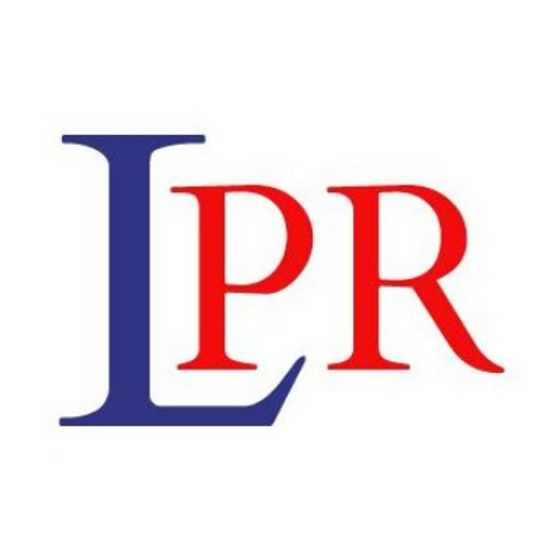
There have been regular high profile news stories in the media covering issues around vicarious liability, with recent decisions – including by the UK Supreme Court – clarifying the legal nuances involved in assessing insurance claims.
In this article, Steve Bellingham, Head of Strategy, explores the latest legal precedents and tests for vicarious liability shaping this field and offers some key insights for insurers.
Background:
In 2012, Lord Phillips declared “the law on vicarious liability is on the move” (“Various Claimants v Catholic Child Welfare Society” 2012 UKSC 56). This was a recognition by the UK Supreme Court that methods by which Defendants engaged others to undertake work often went wide of traditional employer / employee relationships and the need to clarify when such a relationship might be “akin” to employment to satisfy the Stage 1 test of vicarious liability.
More recent decisions, some by the Supreme Court, have clarified how this test should be applied to various scenarios and how the concept of “creation of risk” should impact on Stage 2 of the test. These decisions include:
- “Barclays Bank v Various Claimants” (2020) UKSC 13 – (“Barclays”)
- “Blackpool F.C Ltd v DSN” (2021) EWCA Civ 1352 – (“Blackpool”)
- “TRX & Others v Manchester City F.C” (2022) EWHC 7(QB) – (“MCFC”)
In all three cases, Pro Global acted on behalf of instructing insurers. The outcomes were to:
- Demonstrate the limits of any previous expansion of the vicarious liability principle; and
- Offer Defendants viable avenues to reject claims where the factual matrix allows.
Vicarious Liability
This doctrine establishes a liability against a Defendant absent of fault or negligence when it is deemed fair just and reasonable to do so.
Two “close connection” tests must be satisfied for vicarious liability to be established. Stage 1 considers the nature of the relationship between the principal tortfeasor and the Defendant. In most cases, direct employment will satisfy this test but matters become less clear when no such contract exists.
Stage 2 looks at the relationship between the tort of the principal tortfeasor and the role / duties assigned to them by the Defendant.
Lord Phillips identified five “policy reasons” against which vicarious liability for an employee, or someone that might be “akin” to an employee, might be tested.
- The Defendant is likely to have the means of compensating the victim where the principal tortfeasor cannot and might be expected to have insured against such.
- Any tort committed would be a result of activity undertaken on behalf of the Defendant.
- The activity formed part of the business activity of the Defendant.
- By engaging the principal tortfeasor, the Defendant created the risk that the tort would take place.
- The principal would be under the control of the Defendant.
Recent Developments:
Barclays offered guidance from the Supreme Court with the Court of Appeal (C of A) ruling in “DSN” applying that guidance. Thereafter, MCFC closely followed Blackpool given the similar scenarios.
The Court gave clear guidance that it was not “fair, just and reasonable” that vicarious liability should attach to the targeted Defendants.
In Barclays, torts were committed by a General Practitioner (GP) during medical examinations. The G.P offered medical examination services to employers, including Barclays, prior to them recruiting staff. The Supreme Court found that:
- The GP was clearly an “independent contractor” and not “akin” to an employee to satisfy Stage 1.
- Lord Phillips’s five tests might offer some guidance in borderline cases, but this was not one of those.
- Cases should be judged on a matrix of the totality of evidence. Reference to that set out by Lord Phillips may not be necessary if the collective evidence leads directly to a fair and just outcome.
In the “DSN” case, the C of Al – when allowing the Defendant’s appeal – found in a similar way. A non-direct employee had chosen to engage in activities that might benefit the club in various ways. He operated a local youth team and arranged and financed football tours abroad during which torts were committed. The C of A found that:
- To Stage 1, the principal tortfeasor was clearly not “akin” to an employee.
- If the five tests were applied, the Defendant did not have “control” over the activities of the principal tortfeasor.
- Also, because the Defendant did not assign any duties or control them, they could not have created any “risk”.
The circumstances were similar in the MCFC case – as was the outcome. The evidence was highly analogous.
The principal tortfeasor involved himself in many youth football teams over a period, sometimes took youth players for trials at MCFC, and recommended players to the club on occasions. The club maintained contact with him and may have derived benefit from the relationship, however:
- Any relationship was not “akin” to employment.
- The club had no powers of discipline over the tortfeasor.
- The tortfeasor was not paid by the club or undertook activity exclusively for them.
- He decided whether to engage with the club or not and ceased doing so of his own volition.
- The club did not allocate him any role, nor did they have, or seek to have, any control over if or what he did or did not do.
- The relevant youth teams were also not controlled by the club.
Moreover, the Judge made helpful findings on Stage 2 finding that, had Stage 1 been satisfied, Stage 2 would not have been. Any “scouting” role that the club may have (but did not) assigned to him was far removed from the activity that led to the torts being committed so that Stage 2 was not engaged.
Application of vicarious liability principles
In combination, these cases offer useful additional guidance as to the correct application of vicarious liability principles. They confirm that the expansion of the doctrine highlighted by Lord Phillips a decade ago has necessary boundaries to ensure equitable outcomes are maintained. Defendants, and those acting for them, should consider all vicarious liability cases against these established principles.
When considering Stage 1 in circumstances where no direct employment relationship exists, the question of “control” by the Defendant of the principal tortfeasor is key. It is not enough to show that the activity undertaken could have been delivered by a direct employee. Instead, a “close connection” between the roles the Defendant may have assigned to a person delivering them and control of that person consistent with employer / employee relationships is necessary.
Vicarious liability will not attach to actions by any Independent Contractor providing specific services.
The findings on Stage 2 have potential relevance whether or not employment is direct or “akin” to such.
Despite what may have been previously assumed, it is insufficient for claimants to show that any role assigned by a Defendant to the tortfeasor gave opportunity for torts to be committed. Instead, what is critical is whether a “close connection” can be established between the roles assigned and the creation of a risk that ultimately led to the torts.
Call to action for insurers
Insurers require expert support when navigating the evolving legal landscape around vicarious liability claims to achieve fair outcomes. It is critical that they are not only up-to-date with the latest legal developments, but have also conducted full audits to assess the extent of their potential exposure.
Get in touch to find out how the team at Pro Global can help.
Meet our expert
Name: Steve Bellingham
Job title: Head of Strategy Disease & Injury
Get in touch
To speak to the Pro Global team please feel free to reach out to us at:

Lysander PR
To contact our PR team directly please use the link below



 View Previous
View Previous 